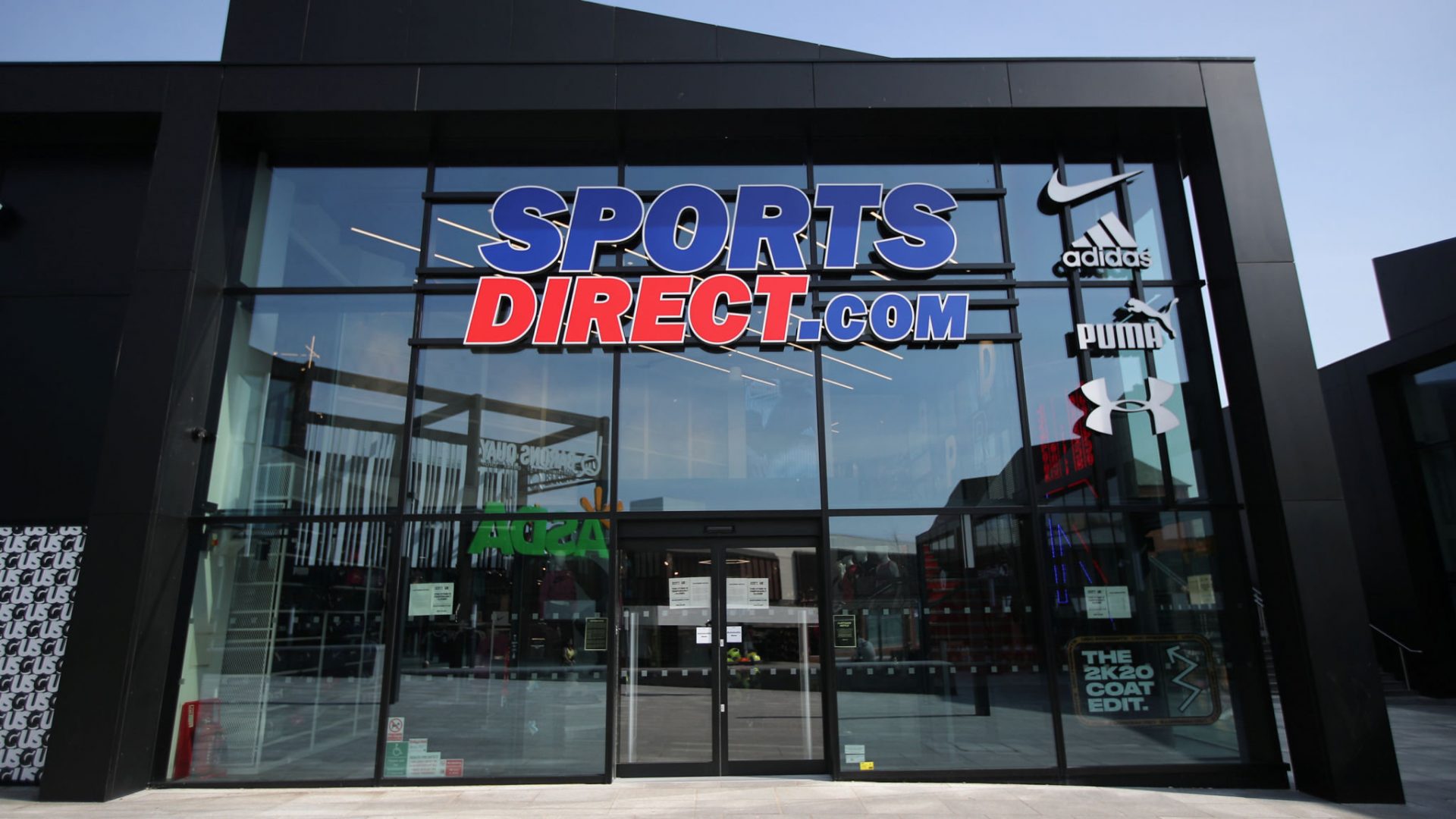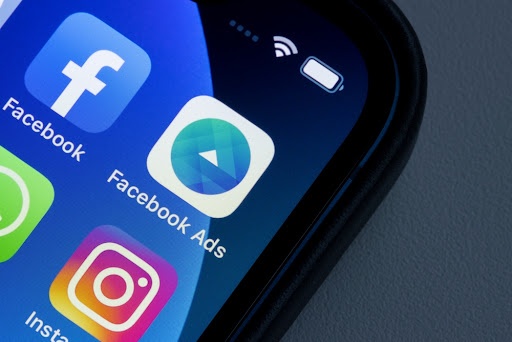Using emotion in ad campaigns will leave a lasting impression on your audience. In fact, a study into the effects of emotion in branding showed that using an emotional message over rational content will help your campaign succeed up to 31% more.
But why is this the case?
Simply put, it’s because using an emotion that relates to your audience does a few things. It influences an action such as a purchase, makes you more memorable and makes your content naturally more shareable via social media so even more people see it and react to it. Lastly, it aligns your brand with a message or a cause. I’ve touched on this in my marketing to millennials post before about being a company that stands for something more.
So what should you consider when making an emotional marketing campaign?
Firstly you need to choose an emotion that you want to associate with your brand & message…
Now first things first, do not delve too deep into the emotion you want to convey. It’s actually better to think simply here, as research has shown that there are 4 main emotions that resonate with people via advertising and the viewer will ultimately decide which one they feel. For example, a sad message will instil anger in some people as they process the information differently. It’s important to align this emotion with your brand’s core values and you’ll see why further down in this article.
The main emotions:
- Happy
- Sad
- Anger/Disgust
- Fear/Surprise
A great example I’ve seen recently of a sad message campaign is the #saveralph campaign from the humane society. It uses multiple visual cues in the video such as the objects, posters and signs in the background beyond the verbal communication to drive its message across. This campaign is deliberately haunting with sadness and will linger with the viewer.
Save Ralph – A short film with Taika Waititi
Consider your call to action placement
When creating a call to action you need to consider more than just what the call to action is but where it is and why it’s there. The closing message in the video above gives the viewer a call to action to help deal with the emotions the video has just instilled in them. This is important as showing this message at the start of the video isn’t going to be as effective on the viewer.
Consider your creative design
Most people are aware that certain colours are associated with certain emotions but the creative design is much more than red equals anger and blue equals calming – those tactics in isolation are less than useless.
You need to consider the music being used, how does the music make you feel or is it better to have no music altogether? Consider not only the tone of words but also the speed of their delivery. What media form is your campaign taking and does that form make sense for your message?
The save Ralph video above is shot in the style of a short film documentary where the main character breaks the fourth wall (the imaginary fourth wall between the audience and the actors in performance arts) consistently to connect with the viewer. This film making tactic really connects with the audience on a personal level as Ralph is speaking directly to you.

Most importantly be authentic
When using emotional marketing, you run the danger of backlash if you are trying to fake it and get away with it. If you’re sincere in your message you have nothing to worry about, but if you are pretending to care about a particular issue when your brand or company is a major contributor to that same issue then people are going to see through it. You should consider the core values of your brand and align the message with those values. The term practice what you preach comes to mind.
For example, Sports Direct has always tried to promote itself as being committed to their people and customers “We value our people, our customers, our shareholders and our third party brand partners – and we strive to adopt good practices in all our corporate dealings.” 
However, at the outbreak of the Coronavirus and during an international lockdown the company owner threatened to fire all of its employees that refused to put their health at risk by continuing to work. It also emerged that employees are effectively being paid less than minimum wage due to covert company tactics, coupled with the general work conditions and harsh pay deductions for employees that are less than one minute late caused a backlash that saw people boycotting the retail giant.
Have a question about how you should use emotion in your ad campaigns? Get in touch with one of Paid Media experts who can help you.









